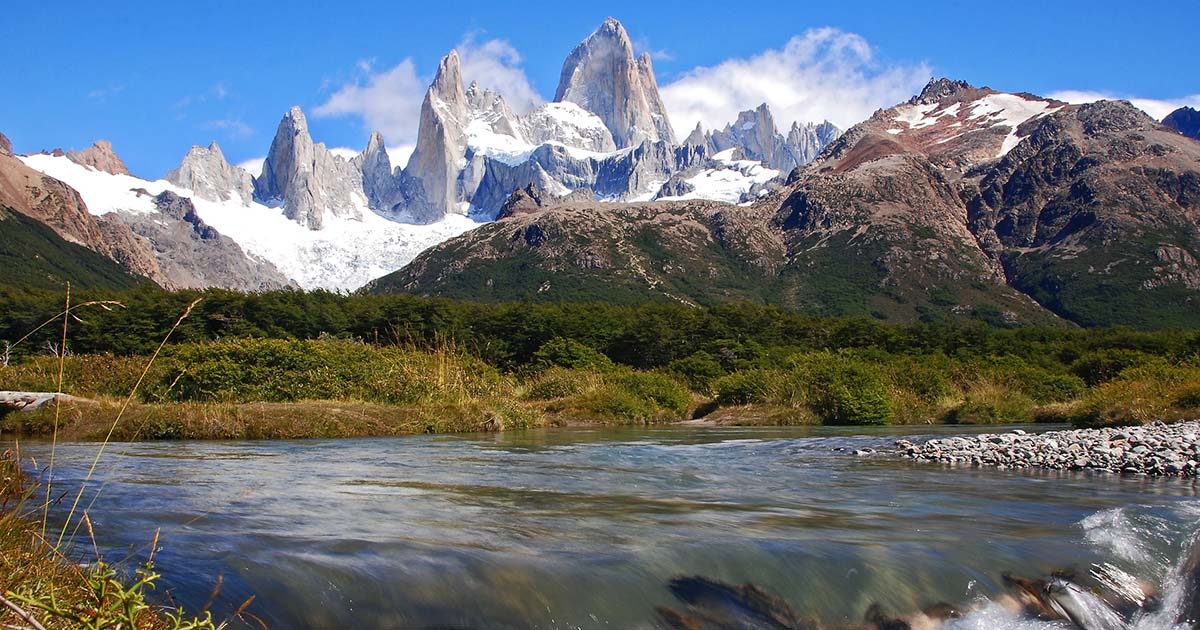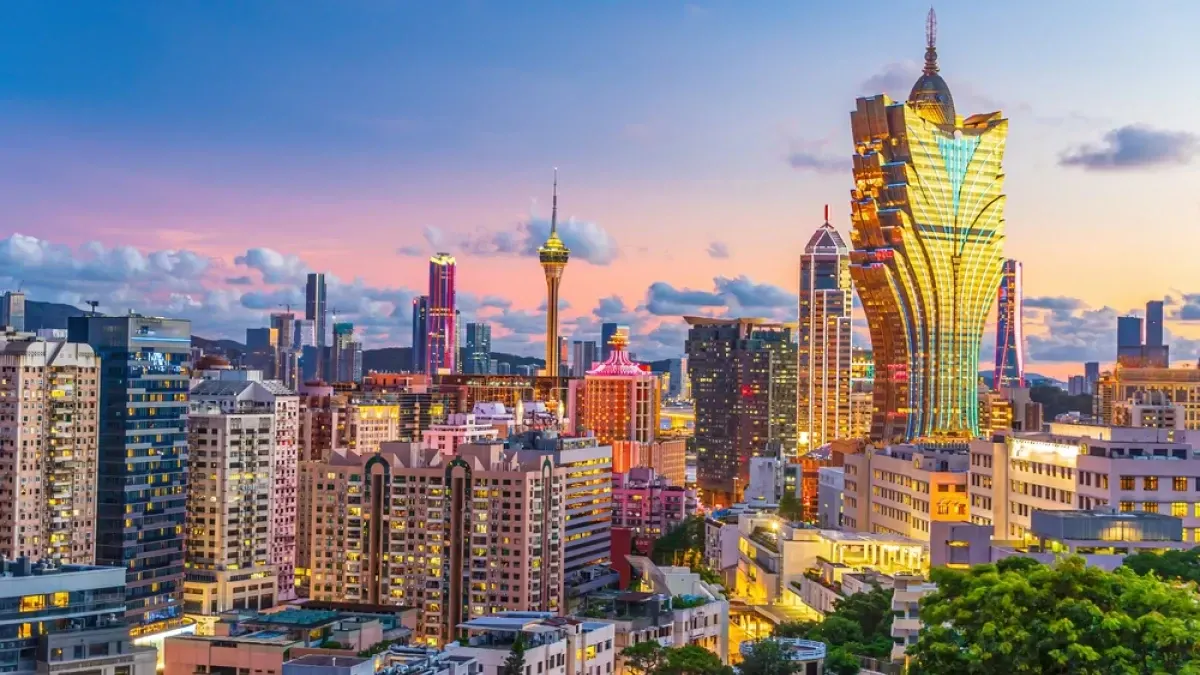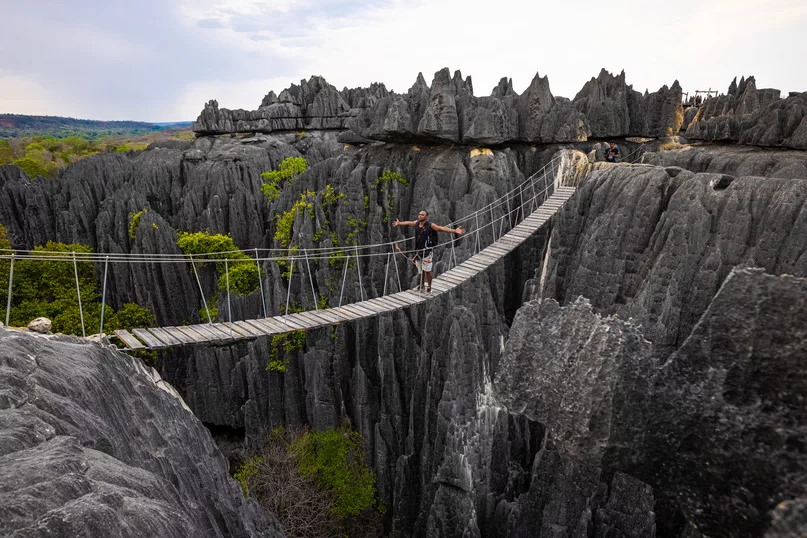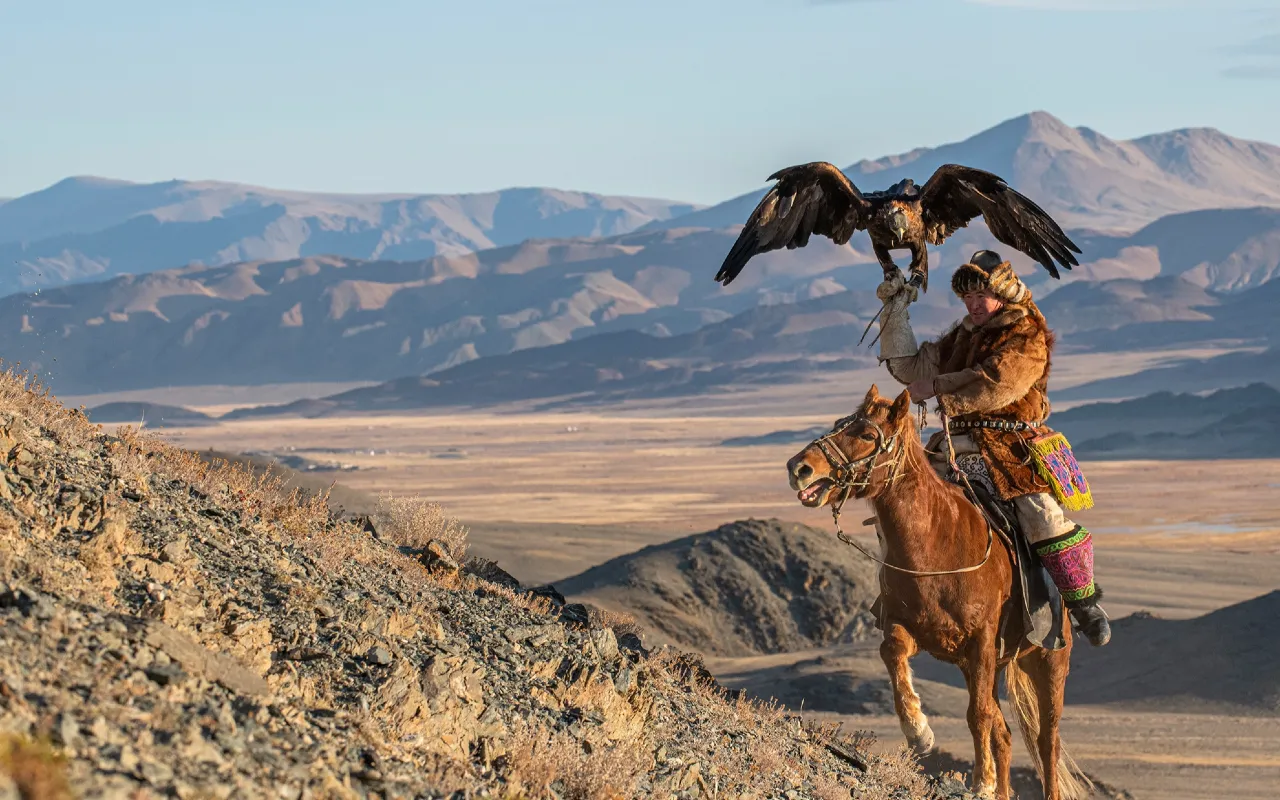pokomde.info – Patagonia, the breathtaking region shared by Argentina and Chile, is a dream destination for adventure seekers, nature lovers, and photographers. Its vast landscapes, towering mountains, stunning glaciers, and diverse wildlife make it one of the most unique travel experiences in the world. However, planning a trip to this remote region requires careful preparation. Here are essential travel tips to make the most of your Patagonia adventure.
1. Choose the Best Time to Visit
Patagonia experiences extreme weather variations throughout the year. The best time to visit depends on your preferred activities:
- Summer (December to February): The most popular season, with milder temperatures (10-20°C), long daylight hours, and ideal hiking conditions.
- Spring (September to November) & Fall (March to May): Fewer tourists, cooler temperatures, and stunning landscapes with changing colors.
- Winter (June to August): Best for skiing and snow-covered landscapes, but some areas may be inaccessible due to heavy snowfall.
2. Pack for All Weather Conditions
Patagonia’s weather is highly unpredictable, so packing properly is crucial. Essential items include:
- Layered clothing: A moisture-wicking base layer, insulating mid-layer, and a waterproof outer layer.
- Waterproof and windproof gear: Patagonia is known for its strong winds, so a high-quality jacket is a must.
- Sturdy hiking boots: Comfortable, waterproof boots with ankle support are essential for trekking.
- Sunglasses, sunscreen, and gloves: Even in cooler months, UV rays can be strong, and gloves will protect against cold winds.
3. Plan Your Itinerary Wisely
Patagonia is vast, and distances between attractions can be significant. The key highlights include:
In Argentina:
- El Chaltén: The trekking capital, home to Mount Fitz Roy and Laguna de los Tres.
- Perito Moreno Glacier: One of the world’s most impressive glaciers, located in Los Glaciares National Park.
- Ushuaia: The southernmost city in the world and gateway to Antarctica.
In Chile:
- Torres del Paine National Park: Famous for its stunning granite peaks, glaciers, and breathtaking hiking trails.
- Punta Arenas: A historic port city offering access to Magdalena Island and its penguin colonies.
- Carretera Austral: A scenic road trip through untouched landscapes and hidden gems.
4. Prepare for Limited Connectivity
Patagonia is remote, and Wi-Fi or cell service is often unreliable, especially in national parks. Download maps, offline travel guides, and essential documents before you arrive.
5. Book Accommodations in Advance
During peak season (December to February), hotels, hostels, and campgrounds fill up quickly. Book well in advance, especially for lodges in Torres del Paine and El Chaltén. Options range from luxury eco-lodges to budget-friendly hostels and campsites.
6. Consider Transportation Options
Getting around Patagonia requires careful planning:
- Domestic Flights: The fastest way to travel between major cities like Buenos Aires, Santiago, El Calafate, and Punta Arenas.
- Buses: An affordable and reliable option for long-distance travel, but routes can be limited.
- Car Rentals: Ideal for exploring remote areas at your own pace, especially along Chile’s Carretera Austral.
- Ferries & Boats: Essential for reaching certain destinations, such as the fjords and glaciers.
7. Respect Nature and Local Regulations
Patagonia is an environmentally sensitive region, so follow Leave No Trace principles:
- Stick to designated trails and campsites.
- Do not feed wildlife.
- Dispose of waste properly and avoid single-use plastics.
- Respect local communities and indigenous cultures.
8. Be Ready for Adventure
Patagonia is all about outdoor experiences. Whether you’re trekking, kayaking, wildlife spotting, or glacier hiking, embrace the adventure and enjoy the raw beauty of this incredible region.
By planning ahead and staying flexible, your trip to Patagonia will be an unforgettable journey into one of the world’s most spectacular landscapes. Safe travels!








